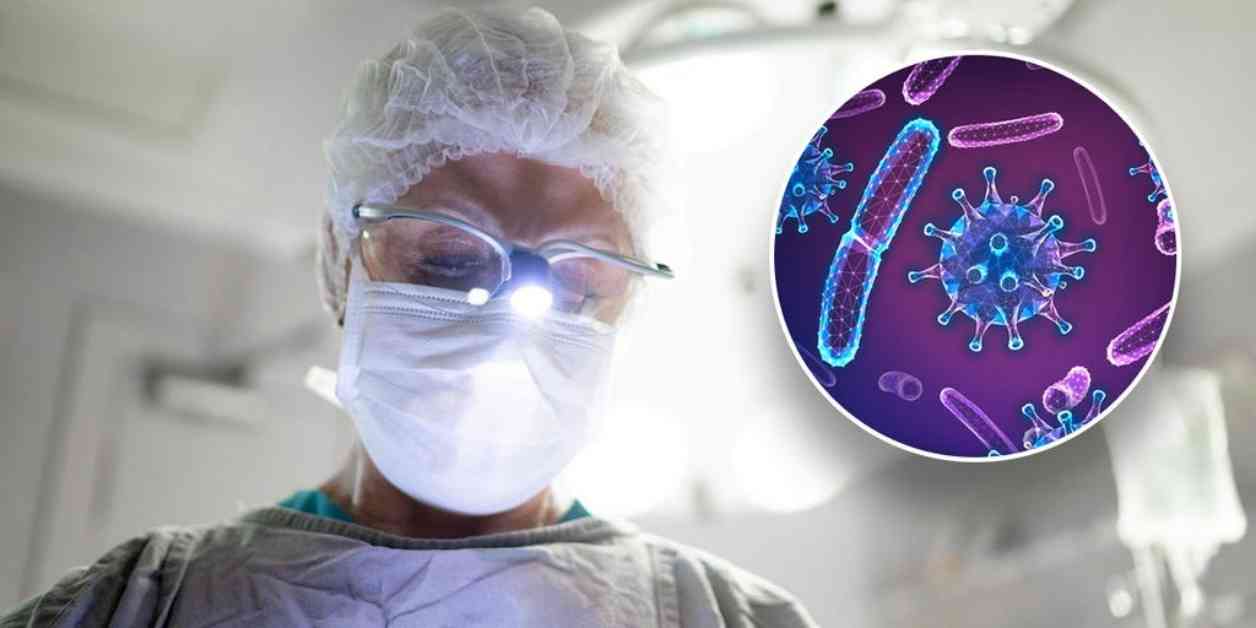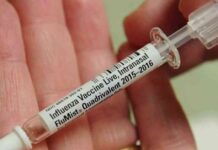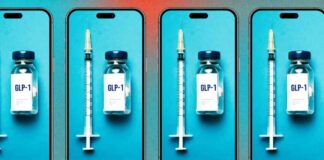The importance of preventing infections in surgical wounds cannot be overstated. Studies have shown that up to 5% of people who undergo surgery can develop an infection, which can lead to prolonged healing and dangerous complications. Additionally, chronic wounds affect approximately 6.5 million patients in the United States. Some bacteria that cause infections cannot be seen with the human eye, which means they may be missed by physicians during wound cleaning.
New research led by the University of Southern California, Los Angeles (USC), has introduced a groundbreaking medical technology that utilizes fluorescent light to detect bacteria in wounds. This technology has proven to be effective in identifying missed bacteria, providing clinicians with real-time information to improve wound care outcomes.
The Study on Fluorescent Light Technology
In a review of 26 medical studies, a handheld device using autofluorescence (AF) imaging successfully “lit up” bacteria in nine out of 10 wounds. Each type of bacteria displayed a different color under the fluorescent light, allowing for easy differentiation. The findings of this study were recently published in the medical journal Advances in Wound Care, highlighting the potential of fluorescent light technology in enhancing wound management strategies.
Real-time Detection and Treatment
Traditional methods of detecting bacterial infections in wounds involve taking tissue samples and sending them to a lab for testing, a process that can take days to yield results. This delay can allow infections to progress and lead to serious complications. Dr. Raj Dasgupta, a pulmonary and critical care specialist at Huntington Health in Los Angeles, emphasized the importance of timely treatment for wound infections to prevent the spread of bacteria to other parts of the body.
Fluorescence imaging technology enables clinicians to visualize bacteria in real time, facilitating more targeted and effective wound care interventions. Dr. David G. Armstrong, lead study author and professor of neurological surgery at USC, highlighted the significance of this technology in detecting bacterial loads in chronic wounds, such as diabetic foot ulcers. Early intervention using fluorescence imaging can potentially reduce the need for antibiotics and prevent complications like infections and amputations.
Wearable Fluorescence Imaging Devices
The study also explored the potential of wearable fluorescence imaging devices, which could revolutionize surgical debridement procedures by providing continuous visualization during the process. This advancement in technology offers greater flexibility and precision in wound care, allowing healthcare providers to monitor bacterial presence and respond promptly to prevent infections.
Dr. Armstrong recommended that clinicians consider integrating fluorescence imaging into their standard wound care protocols, especially for chronic wounds like diabetic foot ulcers. By enhancing the accuracy of debridement and enabling early intervention, fluorescence imaging technology can significantly improve patient outcomes and reduce the risk of complications associated with wound infections.
Preventing Antibiotic Resistance
One of the key benefits of fluorescence imaging technology is its potential to reduce the need for antibiotics by enabling the removal of bacteria before infections occur. Dr. Armstrong emphasized the importance of antibiotic stewardship to prevent the development of superbugs and promote effective wound management practices. By utilizing fluorescence imaging to detect and address bacterial infections, healthcare providers can minimize reliance on antibiotics and optimize patient care.
Dr. Patrick Davis, a facial plastic surgeon at Davis Facial Plastics in Beverly Hills, California, highlighted the significance of preventing bacterial infections in surgical wounds, particularly for procedures with a higher risk of complications. The use of fluorescence imaging to identify specific bacteria and determine appropriate antibiotic treatments can enhance the success of surgical interventions and reduce the likelihood of postoperative infections.
Limitations and Future Research
While fluorescence imaging technology shows promise in improving wound care practices, it has certain limitations that need to be addressed. Dr. Dasgupta pointed out that the evaluation is limited to bacteria that produce fluorescent molecules on the skin’s surface and subsurface, and the detection ability is dependent on the number of bacteria present in the wound. Additionally, wound depth cannot be accurately captured using fluorescence imaging alone.
Further research is needed to confirm the effectiveness of wearable fluorescence imaging devices compared to handheld devices in clinical settings. The study conducted by USC, partially funded by the National Institutes of Health and other organizations, highlights the potential of fluorescence imaging technology in revolutionizing wound management and enhancing patient outcomes.
In conclusion, the use of fluorescent light technology in detecting bacteria in wounds represents a significant advancement in surgical wound care. By providing real-time visualization of bacterial presence, fluorescence imaging enables healthcare providers to intervene early, prevent infections, and improve patient outcomes. As technology continues to evolve, wearable fluorescence imaging devices may offer even greater precision and flexibility in wound management practices. Healthcare providers are encouraged to stay informed about advancements in imaging technologies to enhance their wound care protocols and optimize patient care.

















